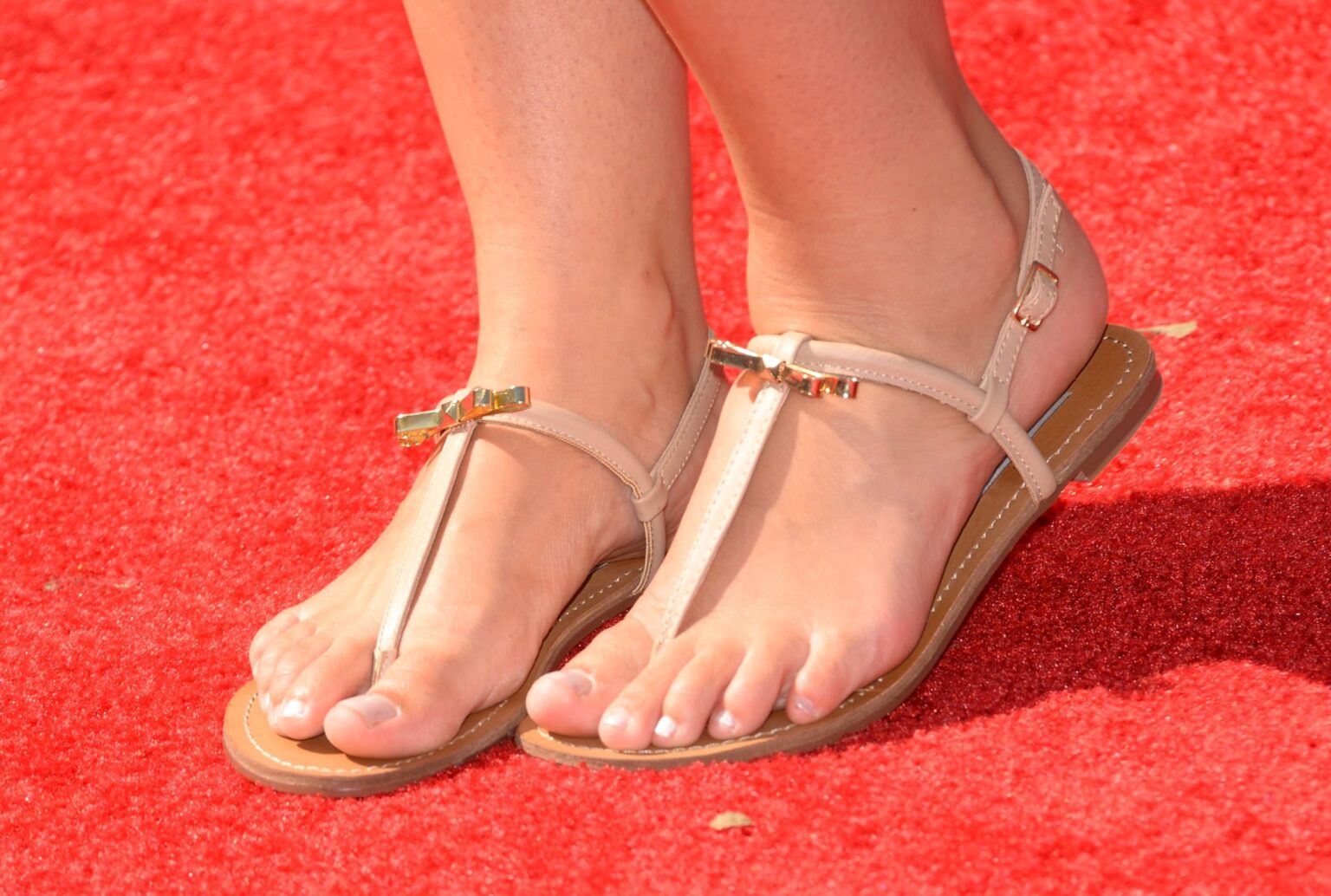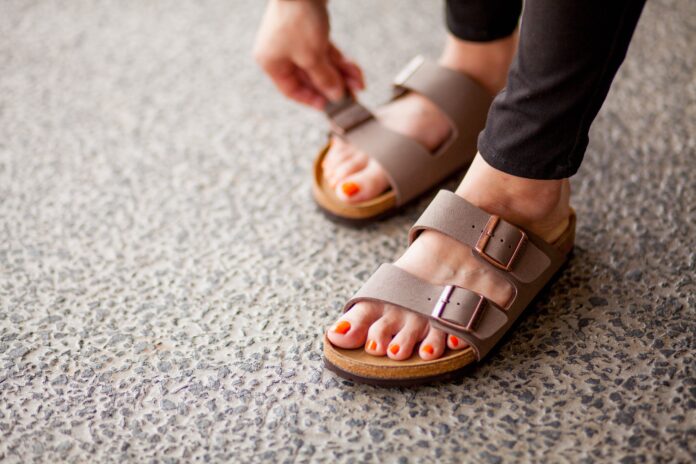Bunions are a common problem for women; finding comfortable shoes can be difficult. But that doesn’t mean you must sacrifice your style or comfort to get the right shoe. Many different kinds of bunion shoes for women out there will help with your bunions and keep you feeling good as new. Here’s how to choose the best shoes for women’s comfort:
How to Choose Shoes for Bunions
If you have a bunion, choosing the right shoes is important. It’s also important to consider your other foot health issues when choosing new shoes. For example, if one of your toes is longer than the others or there is an imbalance in the length between your big toe and second toe (metatarsal phalangeal joint), these factors could affect how well a shoe fits. In addition to these considerations, here are some general tips for purchasing comfortable footwear:
- Try on multiple pairs of shoes in different styles until you find something that works for both feet–even if this means buying two pairs!
- If possible, walk around in them before purchasing so that any pressure points can be identified and avoided later on down the road when they’re no longer tolerable as much as they were initially upon trying them on at home.*
Comfort Slip-Ons
Comfort slip-ons are your best bet for a bunion-friendly shoe. These shoes are easy to put on and take off, which is important when dealing with bunions. They are also lightweight and flexible, so they’re easy to walk in.
If you have a wider foot at the base of your big toe, consider getting wide widths of these shoes and regular widths.
A Wide-Toe Box
A wide toe box is important for women who have bunions because it will help relieve pressure on your bunion and prevent it from getting worse. This is especially true if you have a high arch, as the extra room in your shoe will give more space for your foot to spread out.
A wider toe box can also help keep shoes from rubbing against bunion sites, which could cause blisters or even lead to an untreated infection. By providing more space around the edge of each foot, this design feature helps ensure that no skin area gets pinched or irritated by tight seams or straps that may rub against them when walking around all day!
Wide Cushioned Heels
When it comes to heels, there are a few important things you should look for. First, the heel itself should be wide and cushioned. The sole of your shoe should also be soft so that it doesn’t rub against your foot and cause blisters or other issues. And finally, make sure that there’s some arch support in place–an arch supports your entire foot and helps distribute weight evenly throughout each step you take so that nothing gets damaged over time (or right away).
The best way to ensure all these features are present is by reading reviews before buying anything online; however, if this isn’t possible then here’s what we recommend:
- A good heel height is between one inch and three inches high; anything higher than this may cause pain due to their instability when walking around on hard surfaces like concrete floors which could lead up causing injuries such as sprains or strains since they don’t provide enough stability underfoot during movement.*
Arch Support
Arch support is important for comfort and support. A shoe with built-in arch support will give you the best results, but you can add it yourself with an insole or foot bed if your shoes don’t have it.
To choose the right type of arch support:
- If you have high arches, choose a shoe with moderate to firm arch support that supports the entire length of your foot (like this one).
- If your feet are flat or low arched, look for soft foam insoles that mold to fit your feet and provide minimal cushioning (like these).
You can find shoes that feel good and support your feet
- You can find shoes that feel good and support your feet.
- Comfortable shoes are a must for anyone with bunions, but it’s important to consider the other factors: are they supportive? Do they fit properly? If you’re shopping online, take measurements of your foot before ordering anything to know what size shoe will fit best when it arrives at your door.
The Best Shoes for Women’s Comfort
When you find shoes that feel good, they will support your feet.
- Fit the shoe to the foot. Avoid shoes that are too tight or have narrow toe boxes, which can cause bunions to worsen over time.
- Don’t wear new shoes immediately; let them break in before wearing them all day! Also, if possible, buy two pairs of socks (one thin pair and one thick pair) so that when it gets warmer outside you can wear thinner socks under thicker ones if necessary without having to remove either pair of socks each time you want to wear different kinds of footwear.
Fit the shoe to the foot
- Buy shoes that fit your foot.
- Ensure the shoe has enough room in the toe area, as bunions can cause a bunion to flare up or become painful if it’s too tight. The shoe should also be comfortable, not too tight and able to flex with every step you take without causing pain or discomfort.
- Look for good arch support, which helps distribute weight evenly across your feet and prevent over pronation (rolling inward) of your ankles or excessive pronation (rolling outward) of your ankles while walking or running on hard surfaces like pavement or concrete sidewalks that may exacerbate bunion symptoms by putting undue stress on them when they land during each stride cycle–especially if you are overweight or obese!
Avoid shoes that are too tight
If you’re wearing shoes that are too tight, it can cause bunions and corns to grow on the side of your feet. It can also cause calluses to form in those areas as well. If you have a bunion (or “bunions”), it will worsen them because there isn’t enough space for your toes to move around freely inside your shoe. The same goes for corns–if they’re already there, wearing tight-fitting footwear will only worsen them over time!
Don’t wear new shoes right away
You can’t rush your feet’s adjustment to new shoes. Before you wear your new pair of heels or boots, give them time to adjust by wearing them around the house for a few days. Don’t wear them on long walks or flights until after this initial period has passed–and even then, try not to walk too much in them at first!
Also remember how long it takes for your feet to get used to a new pair of shoes and how often they’ll need adjustments throughout their life span. Some brands may never fit perfectly if you have narrow ankles or wide arches (or both) because no manufacturer makes shoes in every size imaginable. It might seem like an inconvenience now but later when these issues arise again and again with each different brand/style combination out there available today–it’ll feel more like fate than coincidence when these problems pop up again later down the line!
Wear comfortable socks with your shoes
- Wear comfortable socks with your shoes.
- Cotton is best for absorbing moisture and keeping feet cool, but synthetic fibers can be just as effective if you wear thick socks.
- If possible, choose a breathable fabric like cotton or wool that will wick away moisture from the skin–this will help prevent blisters and chafing.
- Padded socks are also helpful for cushioning the ball of your foot and reducing friction against the shoe’s toe box (or any other point where pressure may be concentrated).
- Low-cut designs allow for better circulation around ankles; ankle height styles offer support without being too tight around ankles; knee high models provide extra cushioning while remaining comfortable enough not to become too hot during wear time.*
 Walking shoes should be cushioned, supportive and have a flexible sole
Walking shoes should be cushioned, supportive and have a flexible sole
Walking shoes should be cushioned and supportive. A flexible sole is important for walking, especially if you have a bunion or hammertoe. You want to ensure the shoe has enough flexibility to allow your foot to move naturally as it takes each step.
Walking is an excellent form of exercise, but if you’re not wearing the right footwear, it can lead to discomfort–especially in the case of bunions and hammertoes! If you have one or both conditions (or another foot problem), consider investing in specific types of shoes for women’s comfort such as:
- Walking Shoes – These are designed specifically for those who spend their days on their feet walking around town or hiking through nature trails. They typically feature thick soles made from memory foam that provide cushioning and support while allowing natural movement at key joints like ankles; some even include gel inserts along sides where toes bend up against each other during use!
FAQs
Q: What is a bunion?
A: A bunion is a painful bump on the side of your big toe. It happens when the joint at the base of your big toe starts to move outwards, which causes the pad of skin at its tip to grow larger. This can cause discomfort and pain when you wear shoes that fit tightly around this area (for example boots or high heels).
Q: What are the symptoms of a bunion?
A: Symptoms include redness or swelling in between toes; pain in one foot only; difficulty walking due to soreness caused by bunions
Conclusion
We hope this article has helped you understand the importance of finding the right shoes for your bunions. If you’re looking for some recommendations, check out our list of the best shoes for women’s comfort at the top of this page!

